Jan 02 2024 / Round the Table Magazine
Reaching for Top of the Table
Topics Covered
Whatever challenges you’re facing in your practice, it’s very likely that another MDRT member has not only experienced the same difficulties but found a solution that can benefit you.
We reached out to a variety of Top of the Table members to learn how they rose to that level from Court of the Table, and they provided several tips about overcoming difficulties and reaching new heights in your business. Read on for their recommendations.
Members included:
Jakob Bower, a one-year MDRT member from Muscatine, Iowa, USA, two-time Top of the Table member
Janet Roslyn Lawe, a seven-year MDRT member from Kingston, Jamaica, three-time Top of the Table member
Ryan Saunders, CFP, CLU, a 14-year MDRT member from Charlotte, North Carolina, USA, six-time Top of the Table member
Leelee Stone, MM, a seven-year MDRT member from Hamilton, New Zealand, six-time Top of the Table member
Martin Dennis Weiss, LUTCF, a 10-year MDRT member from Hiawatha, Iowa, USA, six-time Top of the Table member
Strategic adjustments
Lawe: The changes I made were prospecting upward to a higher-income market and increasing activity in the desired income market. I conducted interviews with existing high-net-worth clients, inviting them for tea, lunch or drinks. Beforehand, I make sure they were aware of the purpose of the interview. Once or twice a year, I host cocktail parties and invite my existing and prospective clients, who also extend invitations to their colleagues and friends. I tracked my production and saw that changing my prospecting strategy was helping me meet my production targets and Top of the Table requirements. In my experience, I’ve seen that not many people are prepared to dedicate the time and focus required to reach the next level. Once the individual decides to do so, attaining the goal is inevitable.
Stone: I have completely changed the way I conduct client meetings since COVID. First, I moved my whole process online, including an e-version of the pictures and materials I use to educate clients, so I can easily share it with them digitally. Then, I recorded some videos about different products to send to potential clients. Since I do all my appointments over the phone now, I can’t waste too much time going through product details. Instead, I want to focus on the concept and advice. Additionally, I get my personal assistants to help me follow up after my phone conversation with clients to ensure all paperwork is done on time. I also worked on how to talk to people over the phone and keep them focused on what I have said and not drift off after 10 minutes. I like my current process better, as it allows me to be more productive and more flexible. I am also able to balance my life and work much better. I highly recommend that others review their processes and change it to fit the new way of dealing with clients.
Expanding the team
Saunders: Hiring a COO was critical for our practice growth. Over time, we were able to scale the size of our team by having professional management lead each division and free up advisors’ time, so they could spend more of their working hours face to face with clients, while the team prepared for meetings and executed client service strategies. I read “Rocket Fuel” (by Mark C. Winters and Gino Wickman) early on to develop common language and role clarity for the COO and the advisor.
Weiss: At first, I tried building my practice alone but was only able to qualify for MDRT one time. I realized that to help more people, I would need a team. I began to build an actual office staff in 2013 and 2014 to accomplish this. It takes time to hire the right people for the right roles and train them for those positions. I was able to reach Court of the Table with two full-time staff members. One of the hardest things to do is enable your staff to do what you hired them to do and let go of those responsibilities. It’s in our nature to micromanage the processes in our offices, which only slows down everything. You need to have efficient marketing, sales and review processes if you want to help the number of clients that it takes to become Court of the Table. Then, to go to the next level, I found that I needed to have more staff to attain Top of the Table, so I added another full-time person. It can be a process to find the right employee to add to your office. There are a lot of great candidates, but they must be able to fit into the atmosphere and chemistry that you already have with your current staff. Instead of using standard job descriptions and duties, I focused on trying to find someone who fit into our culture, beliefs and values. I learned to make this easier by having my current staff be part of the interview process to help identify who we all felt would fit. Previously, I was used to choosing who I wanted without thinking of how they would really fit within the office. That is a huge mistake that costs time and money until you realize you need your current staff involved. You must refine your marketing, sales and review processes to be able to help your clients. Volume alone doesn’t matter if you aren’t able to take care of your clients.
Developing referrals
Bower: My challenge was the reluctance to ask for referrals. I would talk myself out of asking because of nervousness or thinking I had not earned the right to ask for one yet. Once I got over that mental roadblock, my referral business exploded. Just like everything else in this business, the more calls you make, the more referrals you ask for, the more appointments are made, all add up to more clients saying yes. I started keeping track of how many times I would ask for a referral and how many referrals we opened accounts for over the last three years. This has been a significant part of my new business. I think that is one of the least-appreciated ways to grow steady business. Always ask what the prospects’ co-workers are discussing regarding their retirement and investments. It can lead to some really good pockets of business where five to eight co-workers might be retiring within a couple years of each other. Suggest that your clients share with their co-workers what you discussed. You’ll be surprised how many people come in because you helped a person in their group.
Besides my own reluctance, I had to better understand why a client would want to make a referral. Is it for them or for me? I attended a phenomenal seminar discussing the psychology of referrals and the behavioral aspect of clients being asked. Clients give referrals because they enjoy being a center of influence and the social connections it brings, or they have someone else they care about. Least important is that their advisor does more business. So, the referral talk track I am comfortable with is more about how they might benefit from giving a referral.
Stone: I have learned some useful techniques from MDRT meetings and from other top advisors in attendance. For example, one year an advisor shared how he asks for referrals upon signing the clients. He asks the clients who just signed all the documents and decided to proceed with the application to provide him with three names of emergency contacts. He explains to the clients, “In case something happens to both you and your wife, those are the people I should contact regarding your life insurance policies.” Then he asks the clients to let those three people know that he would give them a call. So, when he calls those people, they would naturally ask about insurance. I thought that was really smart, so I started using that technique too. It helped my process instantly.


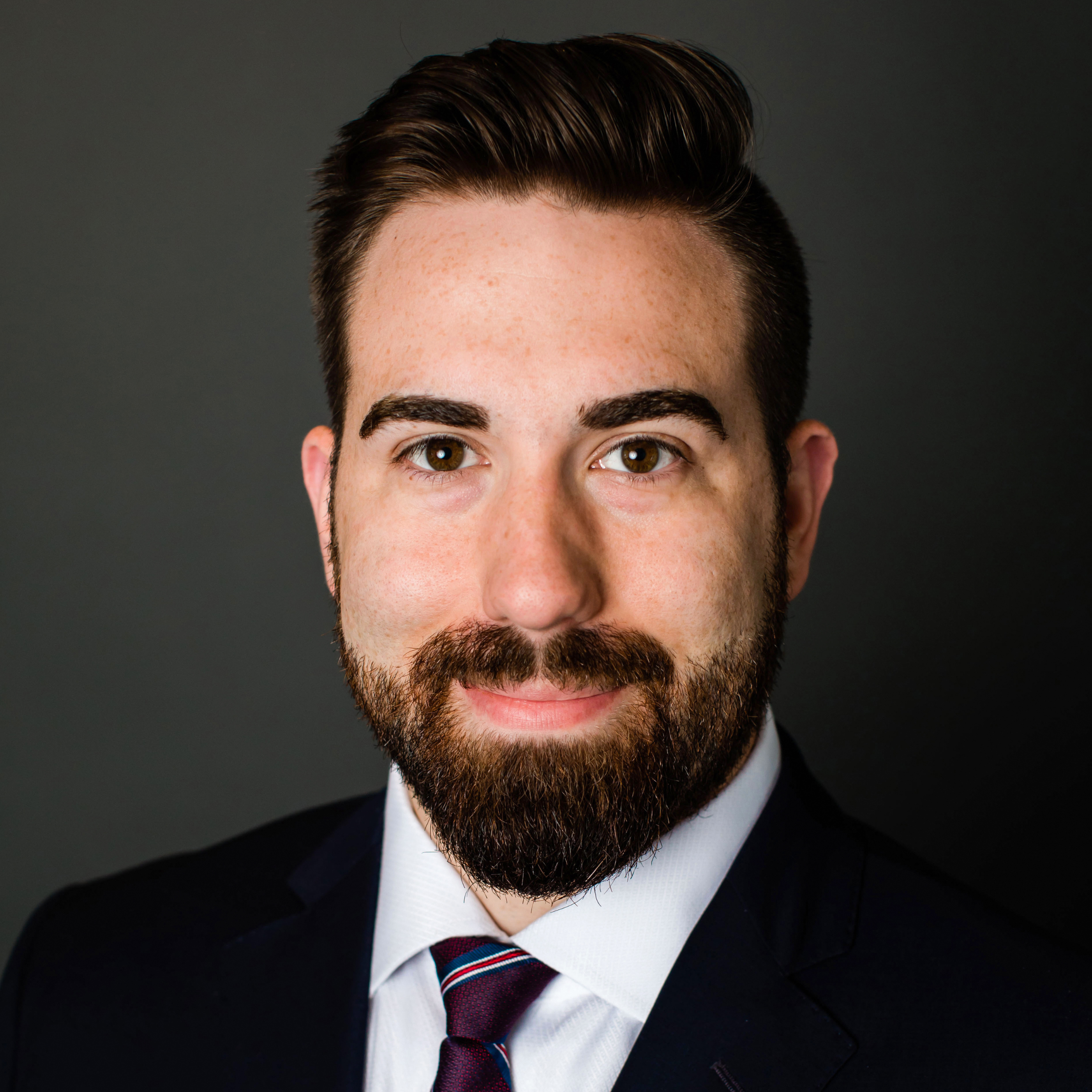

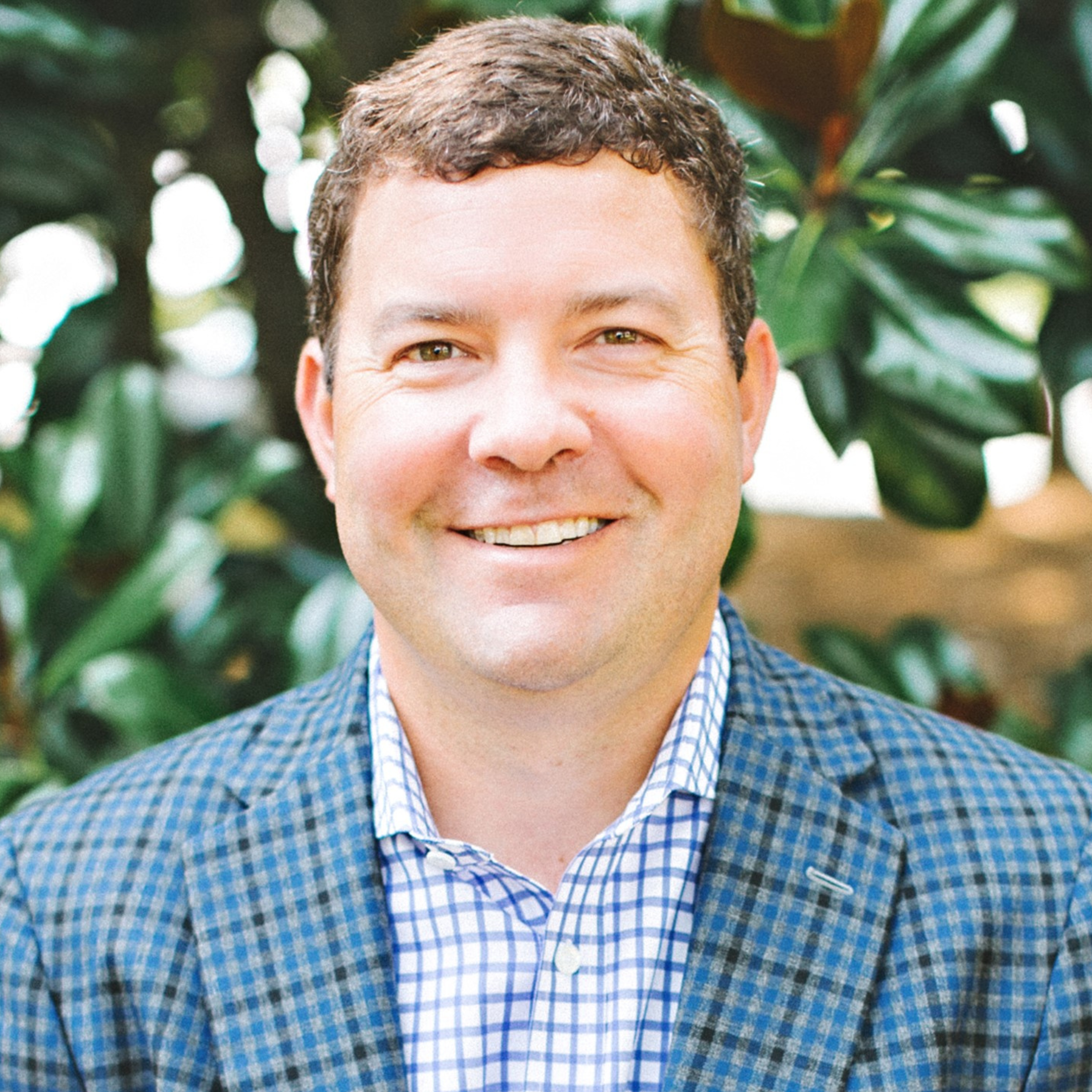


![Elevating your financial advisory journey: how the right mentor can propel your success to new heights [Surabhi Chaudhary]](https://www.mdrt.org/globalassets/digizuite/32702-en-updated_-india_video-interview_surabhi-chaudhari-thumbnail.png?height=268&crop=0,0,268,268)

![Beyond finance: Individuals outside the financial profession every financial advisor should learn from [Nirmal Debnath]](https://www.mdrt.org/globalassets/digizuite/32634-en-india_written-interview_nirmal-debnath-thumbnail.jpeg?height=268&crop=0,0,268,268)
![How to tailor financial advice to fit the unique needs and goals of your clients [Merryl Baptista]](https://www.mdrt.org/globalassets/digizuite/32635-en-india_written-interview_merryl-baptista-thumbnail.jpeg?height=268&crop=0,0,268,268)
![Anticipating the financial needs of Gen Z clients and advising prospects towards adequate insurance cover [Komal Atal]](https://www.mdrt.org/globalassets/digizuite/32632-en-india_written-interview_komal-attal-thumbnail.jpeg?height=268&crop=0,0,268,268)
![Enhancing your offline persona through cultivating an online presence: Tips and strategies [Khushboo Bajaja More]](https://www.mdrt.org/globalassets/digizuite/32630-en-india_written-interview_khushboo-bajaj-more-thumbnail.jpeg?height=268&crop=0,0,268,268)
![A former flight attendant's sky-high client servicing standards [Beth Daffodil Uy Tan]](https://www.mdrt.org/globalassets/digizuite/32577-en-ph-_video-interview_a-former-flight-attendant's-sky-high-client-servicing-standards_daffodil-tan-thumbnail.png?height=268&crop=0,0,268,268)
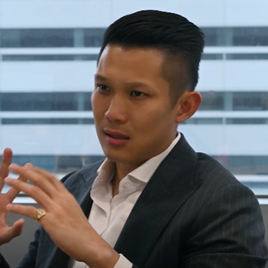
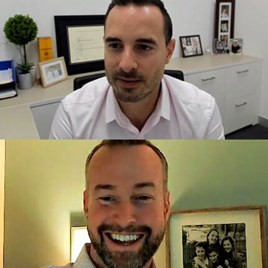
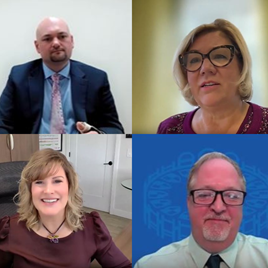
![Overcoming a financial advisor’s internal self-doubts [Cedrick Cruz]](https://www.mdrt.org/globalassets/digizuite/32509-en-ph_written-interview_-handling-a-financial-advisors-self-doubts-cedrick-cruz-thumbnail.jpg?height=268&crop=0,0,268,268)